

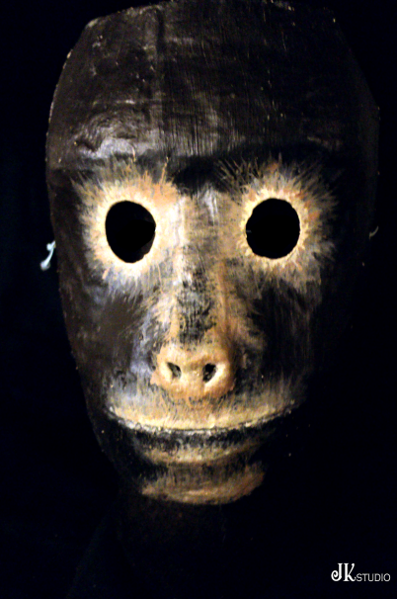
Use of Mask-Work in “Frida Kahlo in Love”
Although my primary approach to directing “Frida Kahlo in Love” was collaborative, there were some decisions that I made as director that strongly influenced the overall design of the production. One of these was to commission a set of masks to be created for the performance by JK Studio sculptor, Jack Shaver - with whom I'd previously collaborated successfully to mask Touring Mayaland. These included several Frida half masks, a full face Frida mask, a Diego Rivera mask, as well as some monkey and skull masks.



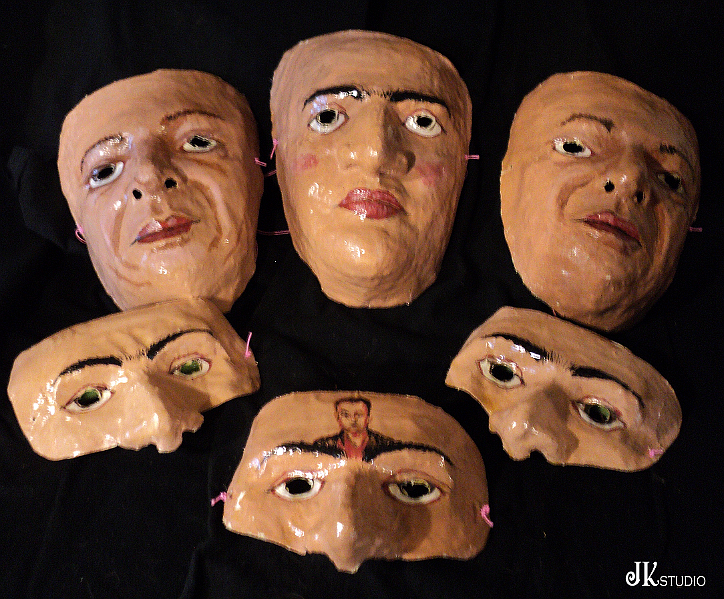


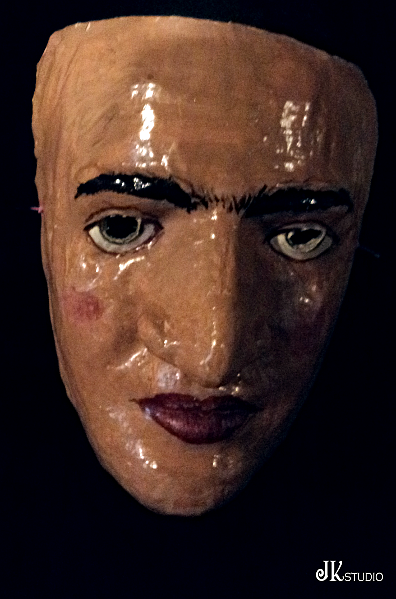
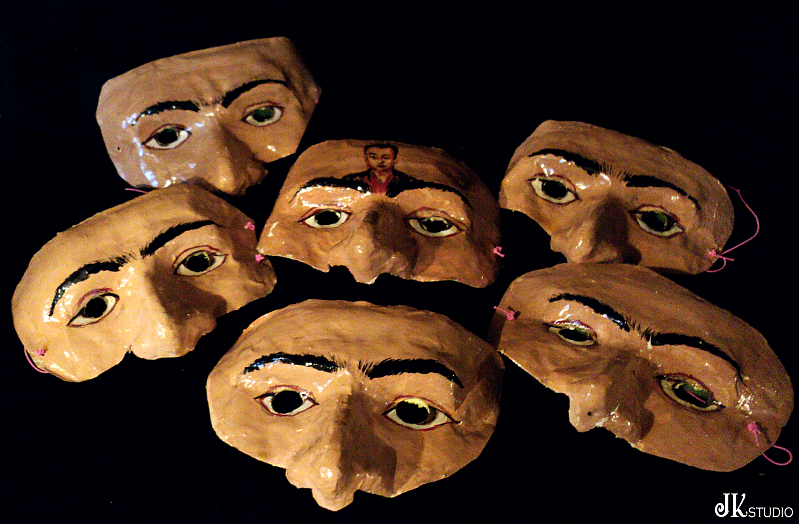
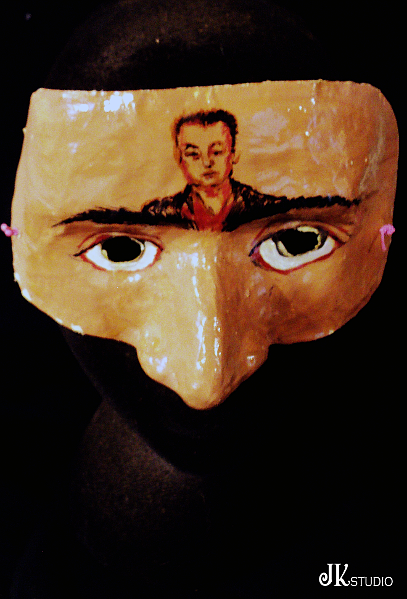
My intent behind integrating mask-work into the overall production design was threefold.
Abstraction. First, I wished to immediately communicate to my performers and my audience that this was not a literal, realistic recreation of Frida Kahlo’s life. Ours was a more poetic, abstract, metaphorical approach to this autobiographical material. We had multiple performers assuming the roles of Frida and Diego at different points in the performance. Sometimes multiple actresses would be on stage portraying different aspects of her psyche simultaneously. I felt the use of masks would serve as a clear signal to the audience that what they were seeing was at a remove from everyday life and in a performative space where this kind of creative splintering of identity could take place.
Ekphrasis. It may be torturing the definition of this word a bit, but I wanted to use masks to create a kind of performed ekphrasis. There is no direct link that I know of that Frida Kahlo made between any of the paintings we used in the show and the poems and letters we chose to include. The performances we created strove to make those links. The masks were a very literal way of taking visual elements such as Frida’s face and the monkeys from the paintings and inserting them into the performance of her poems and letters. In this way, we hoped to set poem and painting in dialogue so that the audience could read the commentary that one provided on the other.
Juxtaposition. I also intended the use of mask as a gentle evocation of the traditions of los dias de los muertos. I wanted to call forth both the feeling of carnival and memento mori that holiday simultaneously evokes. I feel that an integral part of the richness of Kahlo’s work is her ability to address complex, starkly contradictory emotion. In her paintings, we see brightness and beauty calmly seated next to darkness and death. What moved me most profoundly when I first read her letters and poems about her relationship with Diego Rivera was this same ability to simultaneously capture the extreme joy and crushing pain of that love brought her. I wished to use masks in this production to underline this type of juxtaposition by calling forth echoes of this holiday that simultaneously celebrates and mourns the lives of loved ones.